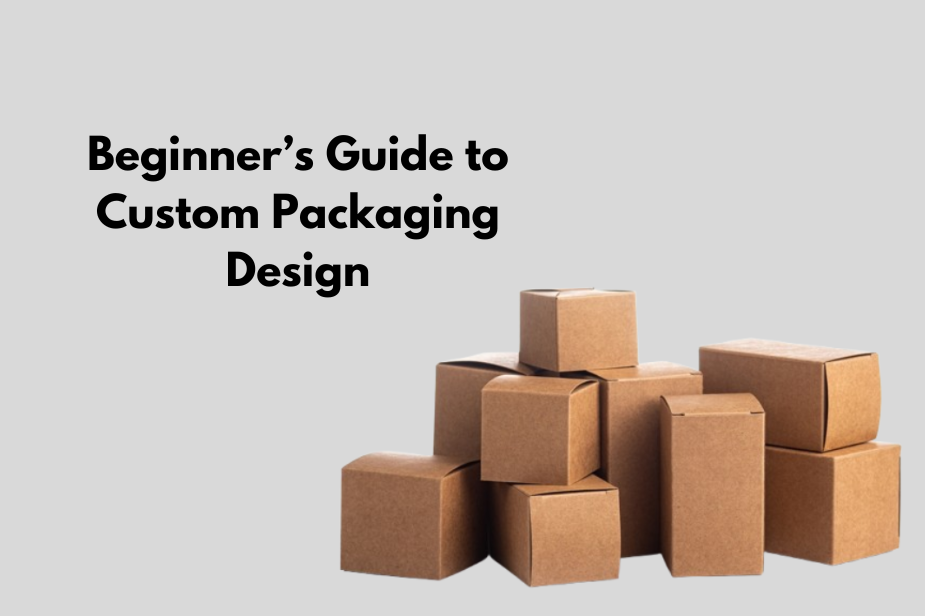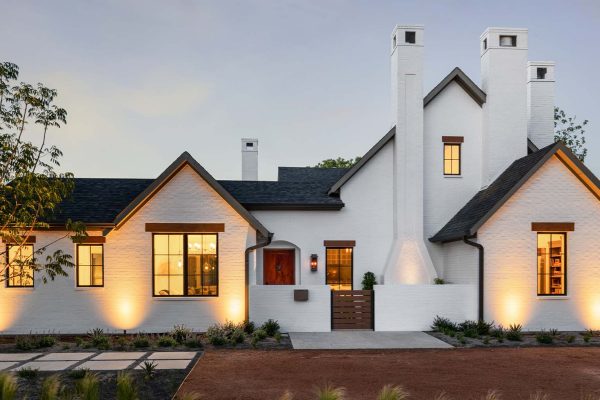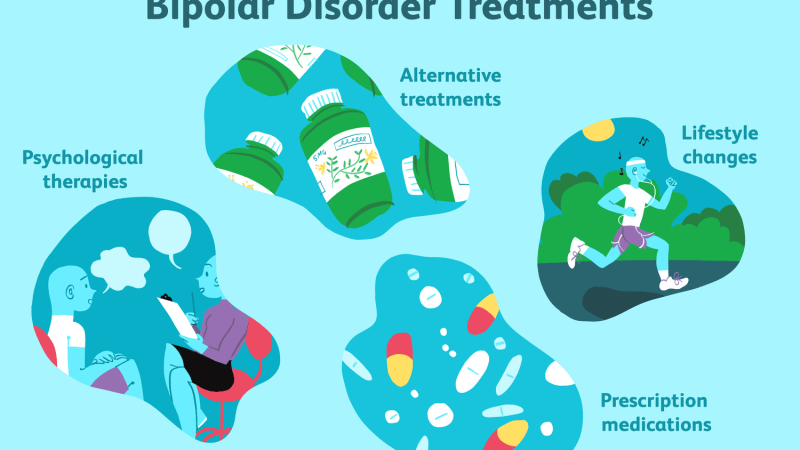A Beginner’s Guide to Custom Packaging Design
For new business owners and entrepreneurs, packaging might seem like an afterthought. But in today’s crowded markets, it can be the deciding factor between a one-time purchase and a loyal customer. Packaging isn’t just about protection it’s an extension of your brand, a key part of the customer experience, and a powerful marketing tool. If you’re exploring your first packaging project and need help getting started, this guide is for you. Whether you’re searching for Custom Boxes Connecticut or just exploring design tips, this beginner-friendly breakdown will walk you through the essential steps of creating custom packaging that works.
Why Custom Packaging Matters
When customers receive a product, the box is the first tangible touchpoint they experience with your brand. Well-designed packaging builds anticipation, communicates your values, and sets the tone for what’s inside. Done right, custom packaging can:
- Strengthen brand identity
- Improve perceived product value
- Provide better protection during shipping
- Encourage repeat business
- Create share-worthy moments on social media
For businesses of any size, thoughtful packaging is an investment—not just an expense.
Step 1: Understand Your Product and Audience
Before diving into materials and logos, you need a solid understanding of your product and the people buying it. Ask yourself:
- What are the product’s size, weight, and fragility?
- Who is your target audience? (Luxury buyers, eco-conscious shoppers, kids, etc.)
- Where will your product be sold? (Online, in stores, at events?)
The answers will help determine everything from the material you choose to the type of box that best supports your product and brand voice.
Step 2: Choose the Right Type of Box
There are several types of packaging to consider:
- Folding Cartons – Lightweight and great for retail shelves
- Corrugated Boxes – Durable and perfect for shipping
- Rigid Boxes – Sturdy, luxurious feel, ideal for high-end items
- Mailer Boxes – Popular with e-commerce brands
Each box type has its own benefits and limitations depending on the product and customer experience you want to deliver.
Step 3: Select Your Packaging Material
Your box’s material affects its durability, sustainability, and cost. Common materials include:
- Corrugated cardboard – Ideal for shipping and protection
- Paperboard – Great for printing and shelf appeal
- Kraft paper – Eco-friendly, rustic look
- Rigid paperboard – Luxurious feel for premium branding
If you’re sourcing nationwide, working with reliable custom boxes USA providers can ensure consistency in material quality and delivery times.
Step 4: Design With Branding in Mind
Now comes the creative part design. Every design element should reflect your brand identity. Keep these tips in mind:
- Logo placement – Make it visible but not overwhelming
- Color scheme – Use brand colors to build recognition
- Typography – Keep it readable and in line with your tone
- Imagery – Use graphics that align with your product and target market
Don’t forget about the unboxing experience. Adding inside printing, thank-you cards, or tissue paper can make customers feel appreciated and boost social media engagement.
Step 5: Balance Functionality and Style
While design is important, practicality shouldn’t be sacrificed. Make sure your box is:
- Easy to assemble
- Secure for shipping
- Sized properly to avoid excess material
- Cost-effective for your budget
Also, consider sustainability. Consumers are increasingly interested in eco-friendly options, so look into recyclable, biodegradable, or reusable materials.
Step 6: Get a Prototype
Before placing a large order, always request a prototype or sample. This lets you check:
- Print quality
- Box dimensions
- Material feel and strength
- Assembly ease
Testing with a prototype helps catch any issues before mass production, saving you money and time in the long run.
Step 7: Work With a Reliable Packaging Partner
Designing your own packaging from scratch can be overwhelming. That’s why many businesses partner with professional custom boxes suppliers. They can guide you through design, printing techniques, structural engineering, and compliance especially helpful if you’re new to packaging.
Look for a supplier that offers:
- Low minimum order quantities
- Design support
- Fast turnaround times
- Sustainable options
- Competitive pricing
Final Thoughts
Custom packaging design might seem complex at first, but with a clear strategy and a reliable supplier, you can create boxes that not only protect your product but also elevate your brand. Start with understanding your product and audience, then move on to structure, material, and design.
Whether you’re launching a new brand or rethinking your packaging strategy, working with experienced custom boxes professionals can make the process smooth and efficient. Searching for Custom Box Near Me is a smart way to find local packaging experts who understand your market and can provide tailored solutions to suit your business needs.





